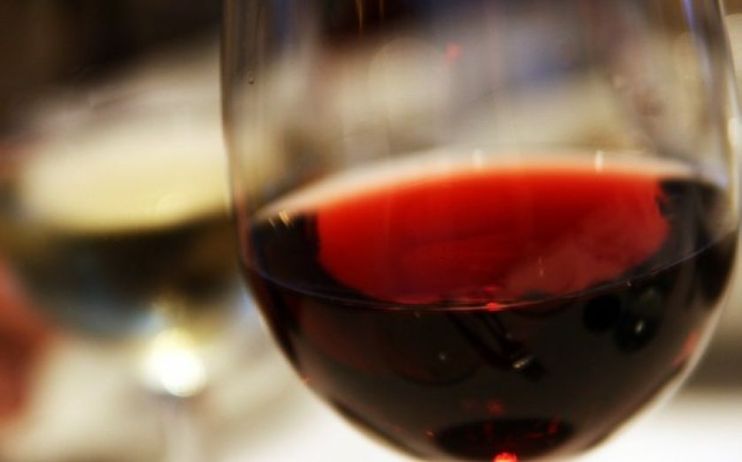The A-Z of wine: This week, B is for… Beaujolais

How do you pronounce Beaujolais? Boh-zholl-ayy
What’s this then? A French wine region, located between the city of Lyon and the southern end of Burgundy. Best known for making reds from the Gamay grape.
It’s possibly a part of Burgundy, depending on who you talk to, although it’s usually considered part of ‘wider Burgundy’. The Gamay grape is genetically related to Pinot Noir but ‘proper’ Burgundians are often sniffy about their neighbours to the south and the Duke of Burgundy Philip the Bold decried Gamay as ‘very bad, very unloyal, and harmful to human beings’. Although that was back in 1395, so it’s safe to say times have changed since then.
Why does it matter? After spending time in wine purgatory – alongside restina, syrupy over-oaked Chardonnay, and Chianti in raffia baskets – Beaujolais is again making thoroughly rewarding wines. Most commonly associated with identikit cheap-n-cheerful juice that was pumped out in the 1970s and 80s, things fell by the wayside in the 90s as our fickle attentions turned to shiny new things.
This forced a refocus on quality production centered around the best ‘cru’ sites, and opened doors to a new wave of young winemakers. A string of great vintages in the 2000s and 2010s, very favourable price comparisons to the ever-increasing madness that is Burgundy, and the success of some iconic homegrown winemakers cemented Beaujolais’ return to popularity.
Even Nouveau is back on the map in an entirely un-ironic way – yes, really – with a host of the city’s finest wine establishments hosting their own ‘BoJo Novo’ parties on the third Thursday of November, celebrating the release of that year’s wines. These are not to be confused with any other form of BoJo party, which generally take place during times of national crisis.
In short, the wines are delicious, the good stuff is still affordable and it’s a region full of cool, young winemakers doing strange things with cement.
What does it taste like? Broadly speaking, it comes in two main styles. Entry level Beaujolais is light, juicy and very easy drinking – often thanks to use of a technique called carbonic maceration, which imparts bags of strawberry jam and bubble gum flavour, but little by way of structure. Very quaffable, especially when chilled for summertime drinking, but unlikely to give Gevrey-Chambertin a run for its money.
The really fun stuff are the ‘crus’ – usually labelled with their own specific names such as Fleurie, Morgon or Brouilly. These tend to be made in a similar way to red Burgundy, often with some oak maturation, and flavour-wise there’s a lot of crossover – crisp red fruit, refreshing degrees of acidity and enough tannin structure to take down most main courses. The more brooding examples from Julienas and Moulin-a-Vent often have a dark chocolate and cherry kick to them as well.
Who’s it for? Lovers of Pinot who are increasingly being priced out of Burgundy. Those who gravitate towards lighter-bodied reds. Adventurous types looking for chillable reds, or transitional bottles from winter warmers into springtime drinking. For fans of the natural wine movement, there’s a big representation in Beaujolais, although that’s a topic for another day. A lot of boxes being ticked here.
What should I buy? A great introduction to Beaujolais’ charms is a good quality Villages such as that from the Wine Society (£7.95, online). If this floats your boat, you could then move onto the iconic Marcel Lapierre’s ‘Raisins Gaulois’ (2021 vintage due to land soon, usually around £16 from various indie retailers) which the word ‘smashable’ was invented for, or the supremely elegant Fleurie ‘La Roilette’ from Bernard Metrat (£15.95, Berry Bros & Rudd).
At the more structured and brooding end of the crus, Jean-Marc Burgaud makes superb quality Morgon (£18, Virgin Wines), or try Chateau Thivin’s ‘Les 7 Vignes’ (VINVM, £19) which has an added splash of Chardonnay for bonus freshness. The sheer drinkability of all these wines often means more than a bottle is needed – so picking up a magnum of Jean Foillard’s Morgon Cote du Py (£77, Berry Bros & Rudd) could be a smart move if you’ve got friends over. Or even if you haven’t frankly.